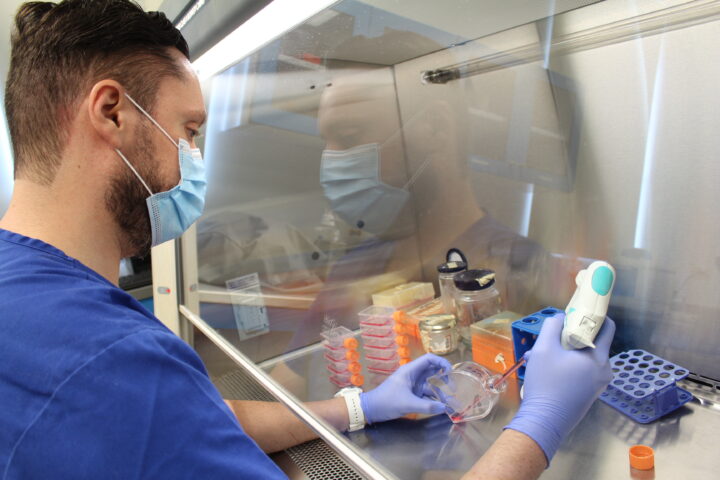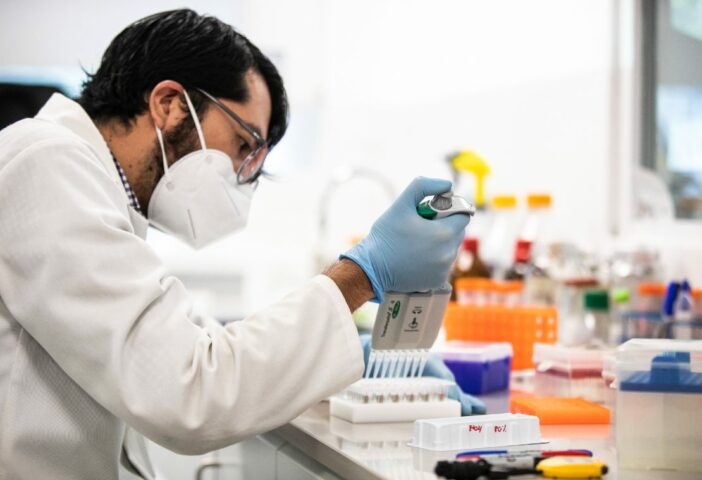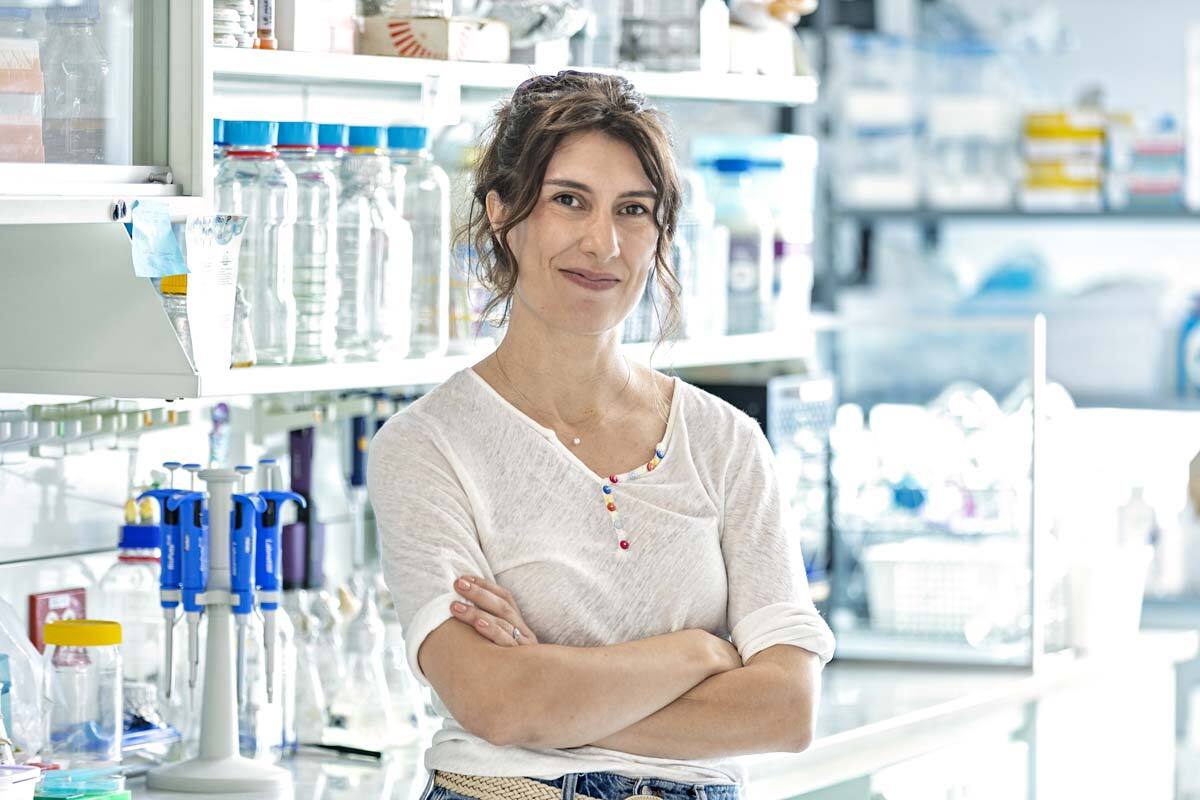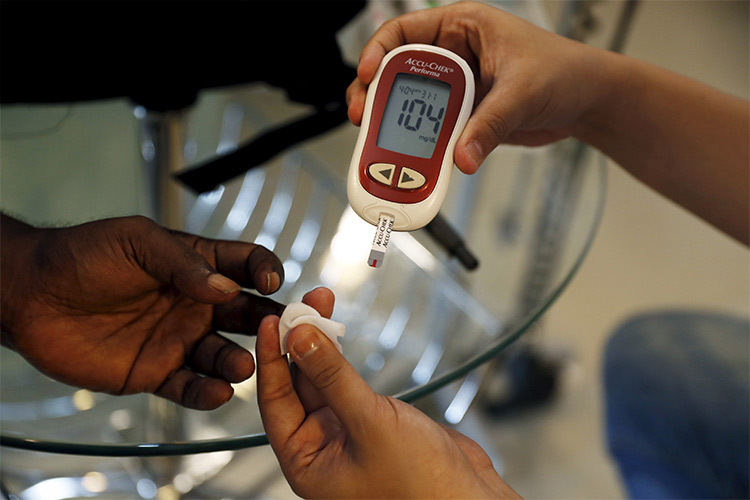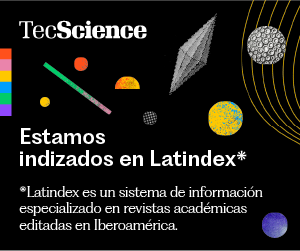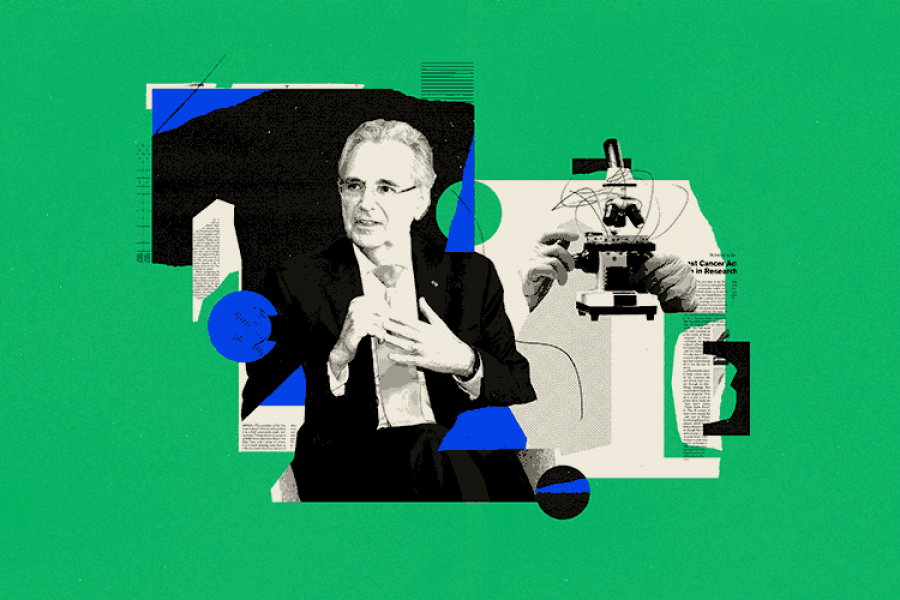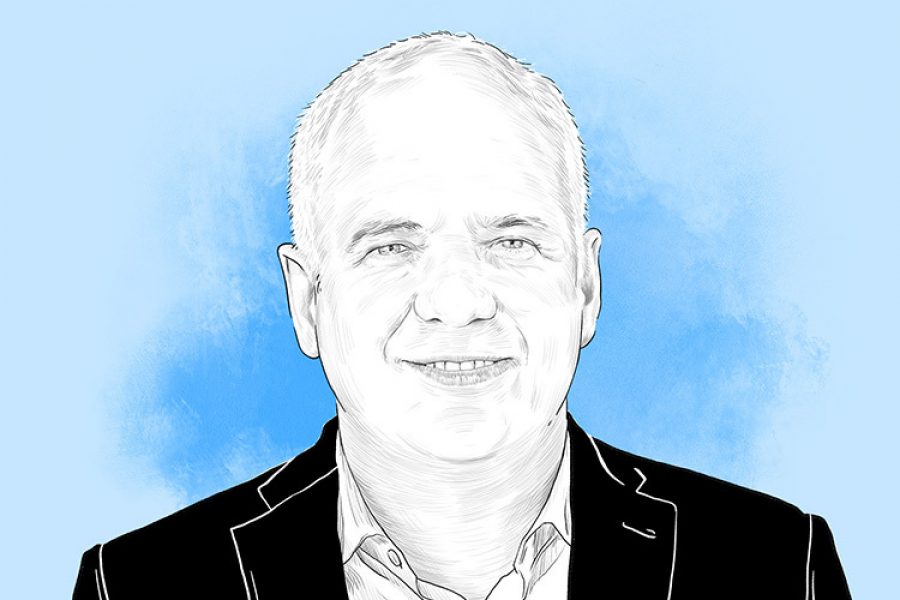His work at the Institute will focus on understanding patients’ insulin-producing cells, as well as on an innovative ocular transplant to treat the disease.
Per-Olof Berggren, a distinguished professor and researcher of diabetes and metabolic diseases, will work at Tecnológico de Monterrey’s Institute for Obesity Research. During his visit to Mexico, he spoke about the work he will be doing at the Center.
The Institute for Obesity Research aims to produce scientific knowledge; develop therapies, devices, and healthy foods; enable science and technology-based companies to promote metabolic health, and support decision-making for healthier societies.
Berggren’s work has focused on detailed study and evaluation of the role beta cells play in health and diabetes, as well as a novel transplantation process to treat the disease.
“We’re very interested in understanding diabetes, but also in curing it, of course. So, we’re going to follow two lines of research,” he says, explaining each of them.
The Tec’s new institute will work with beta cells that are producing insulin and patient data. “We want to use these cells to evaluate their function and to understand why the cells don’t work in patients with diabetes,” he explains.
Ocular transplants: A new diabetes treatment
At the same time, they will be working on an innovative way to treat diabetes. Insulin-secreting cells will be transplanted into the eye’s anterior chamber.
Normally, when transplanting insulin-secreting cells into patients with diabetes, the cells are placed into the liver’s portal system, but it’s not the ideal place because the cells get destroyed very quickly.
Now, a better site has been found, “We came up with the idea of using the eye’s anterior chamber as a site for placing the islets or insulin-secreting cells. The cells are surviving very well and are producing insulin. In fact, you can even cure diabetes in animal models. So now, we want to move from animals to humans,” says the specialist.
Per-Olof Berggren has said that he will remain at The Institute for Obesity Research for as long as necessary, and a strategy of four visits per year has been decided upon. When the team has been assembled, they will communicate via Zoom.
The Institute for Obesity Research: A space that has it all
What excites the researcher the most is that “the Tec has many things in the same place: a hospital where you can obtain material, where you can do research, and which has the necessary technology to develop future treatment strategies. That’s very exciting for me.”
Per-Olof Berggren is convinced that all these characteristics will enable the development of new strategies to treat patients with diabetes, using insulin-secreting cells in the eye.
“We’ll have a way to monitor their function and long-term survival and, ultimately, to see the outcomes of patients who have received the transplant,” he says.
He added that collaborations with transnational programs should continue to be encouraged because they give researchers the opportunity to meet, interact, and discuss. “I think this is the way to move transnational science forward.”
The Institute for Obesity Research aims to implement transnational research programs in order to eliminate obstacles such as the distance between basic and clinical science.
Berggren also anticipates another challenge. “Medical research must also be able to transfer its research to biotechnology companies.” He gives an example of this.
In Texas, they have created a model that attempts to encourage researchers to build companies, to interact with companies, to ensure that science can be commercialized through companies in the biotechnology, medicine, and pharmaceutical industries, as well as manufacture new drugs and develop new treatment strategies. (With information from TecSalud Media)

